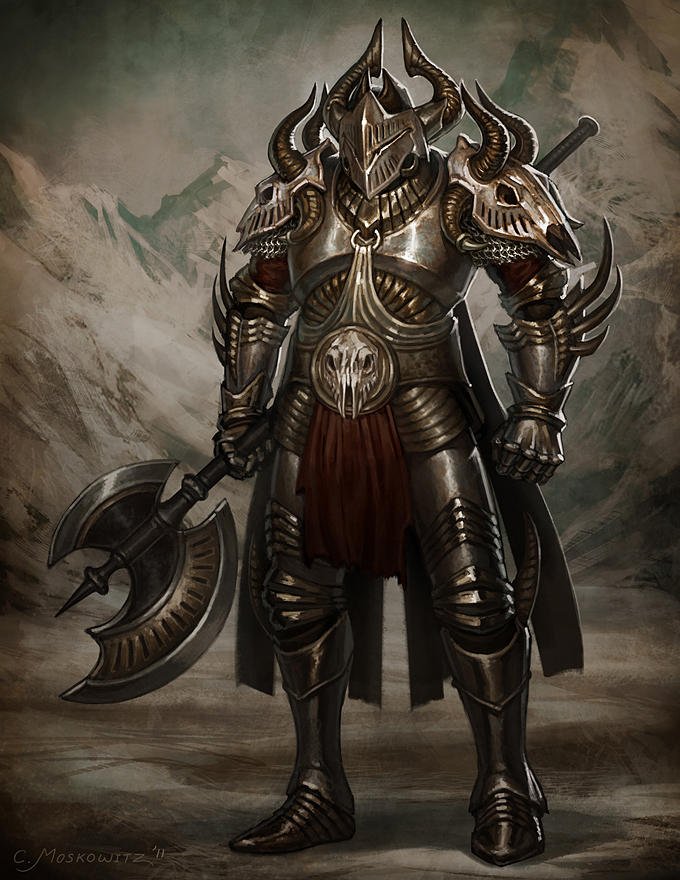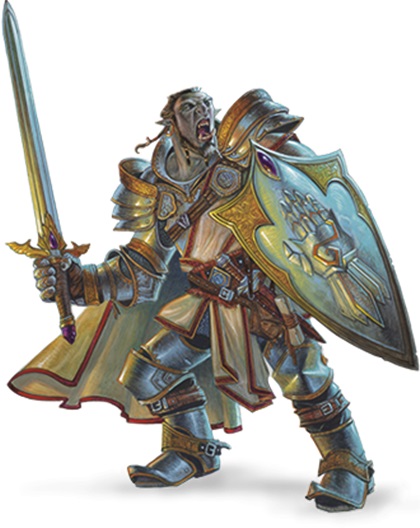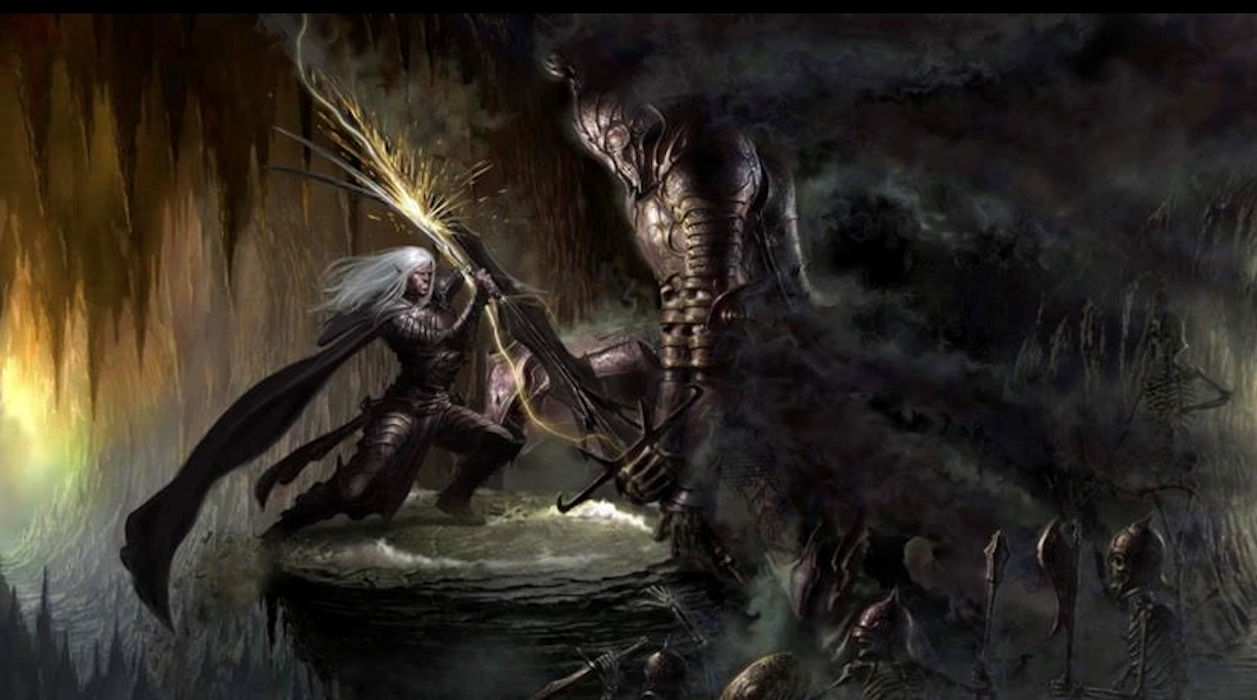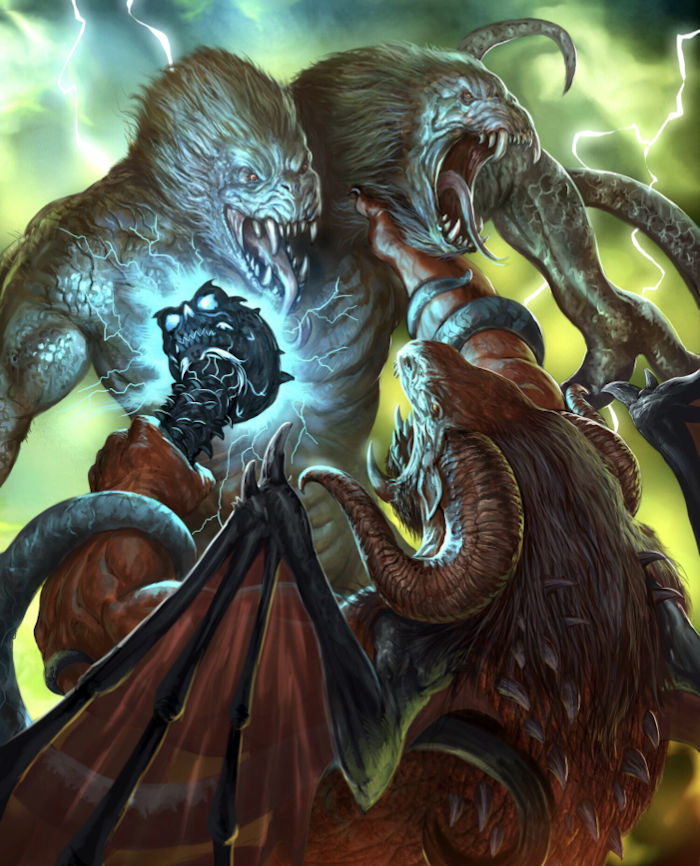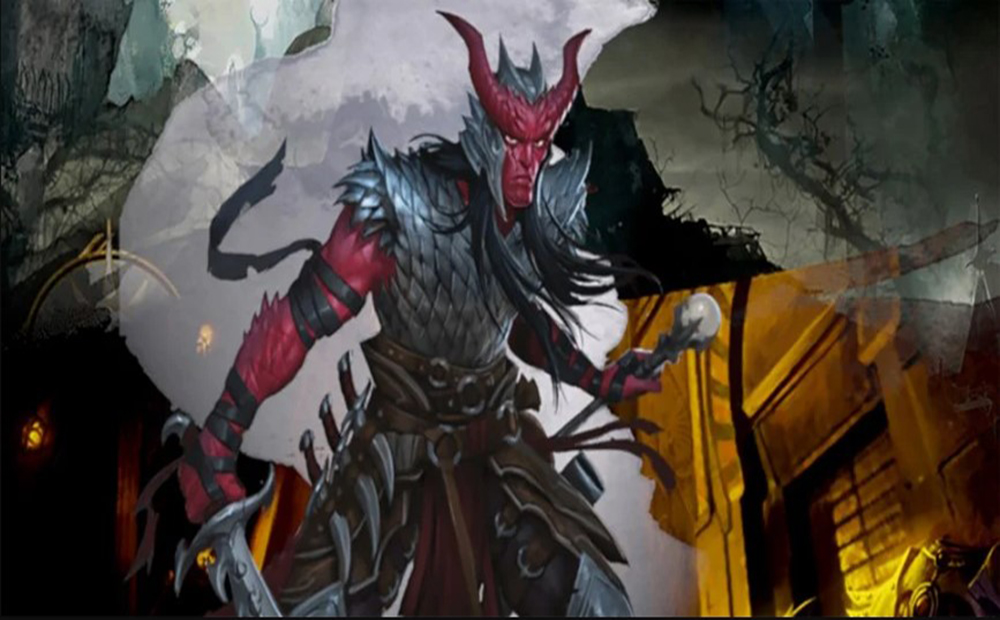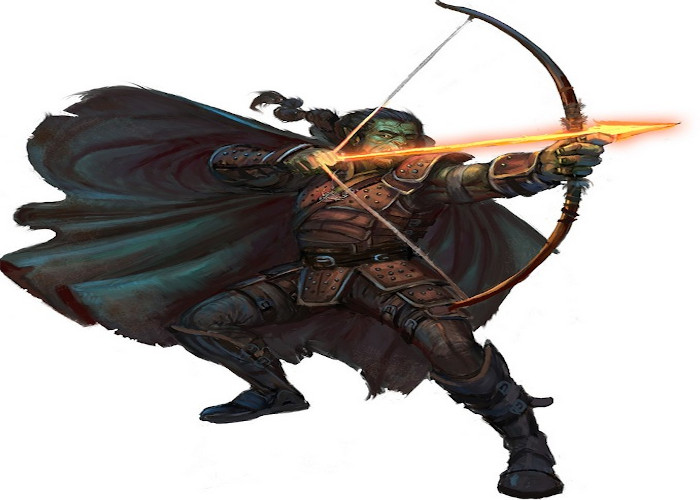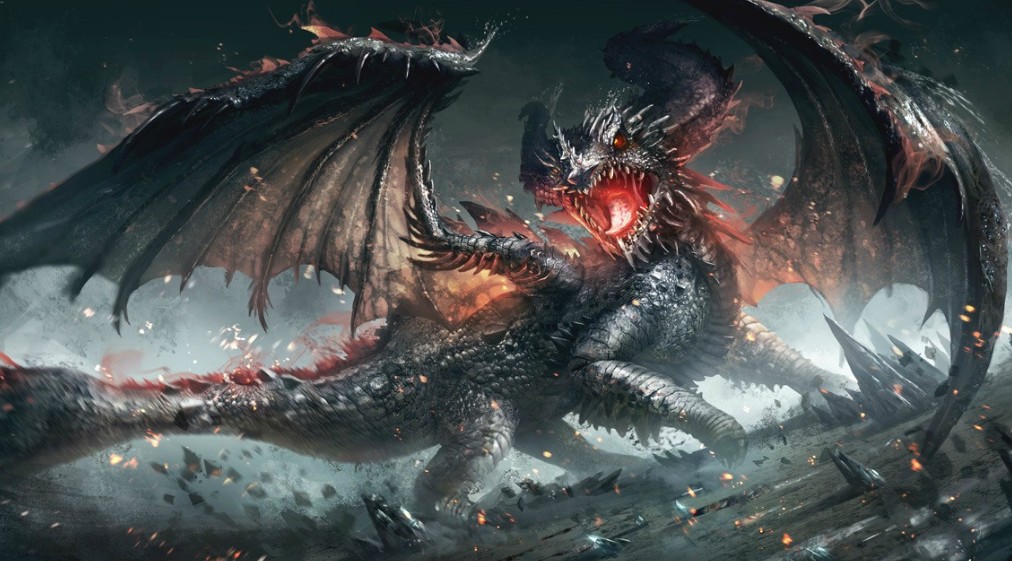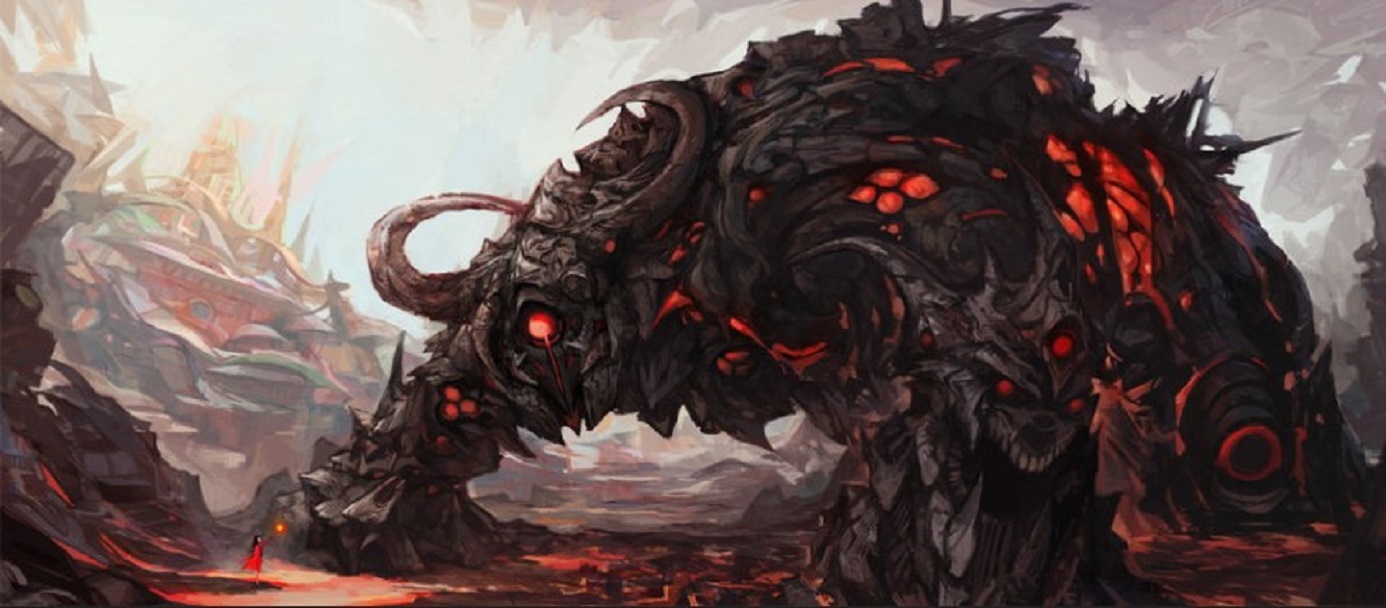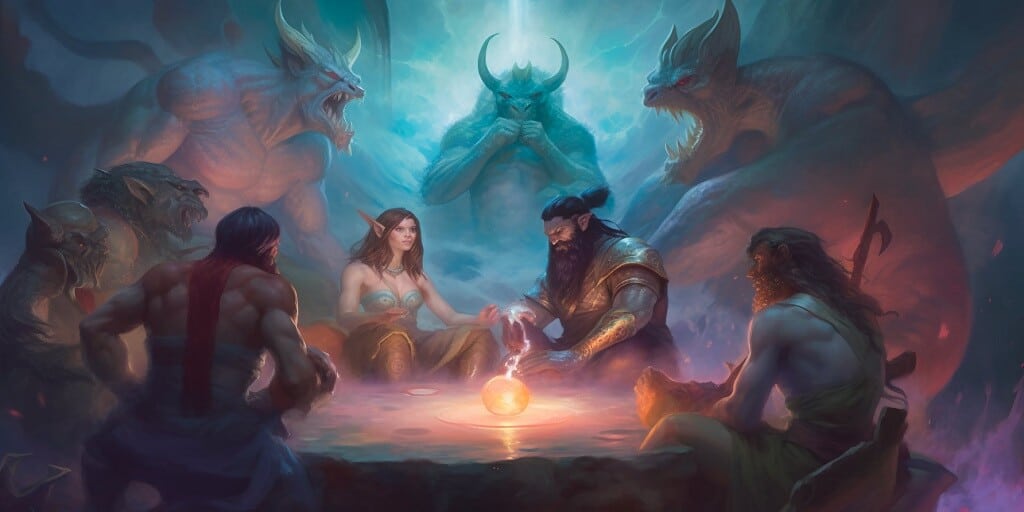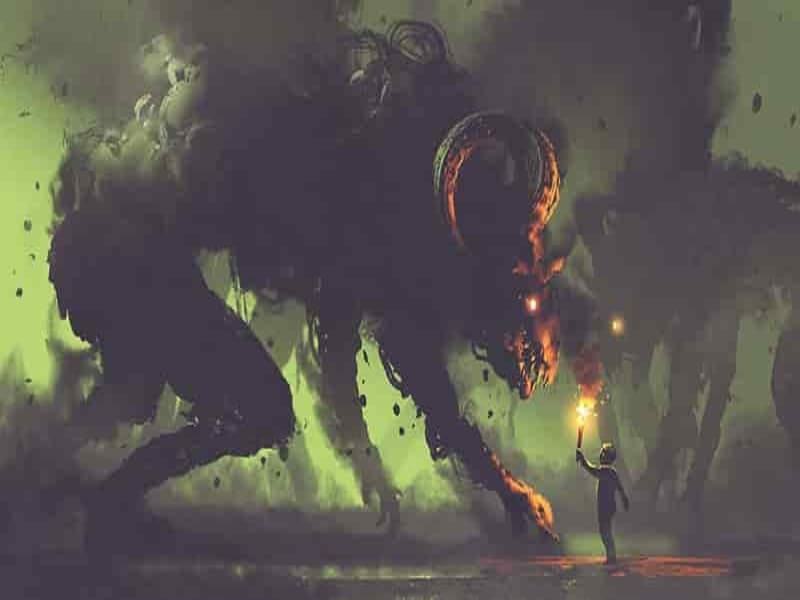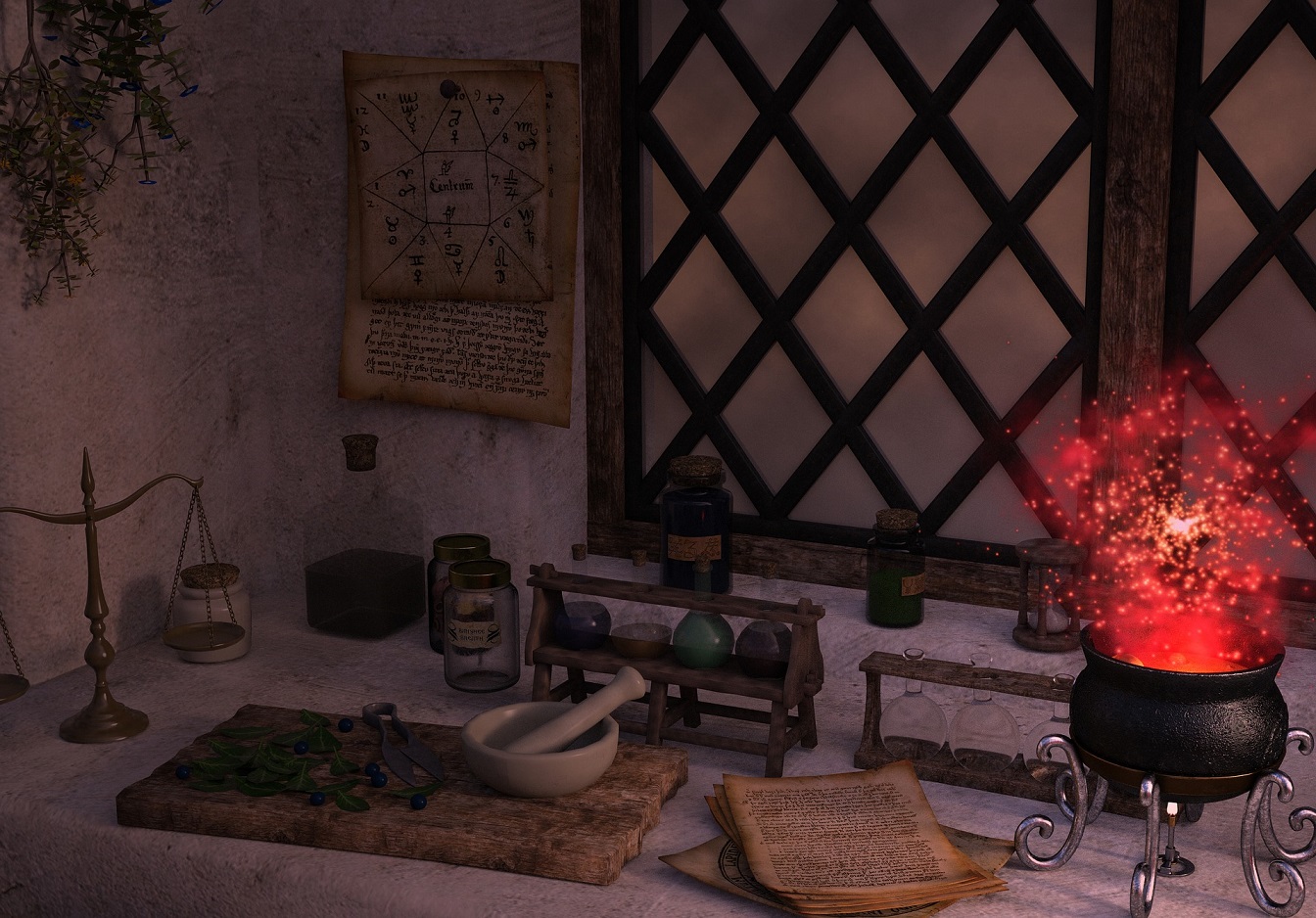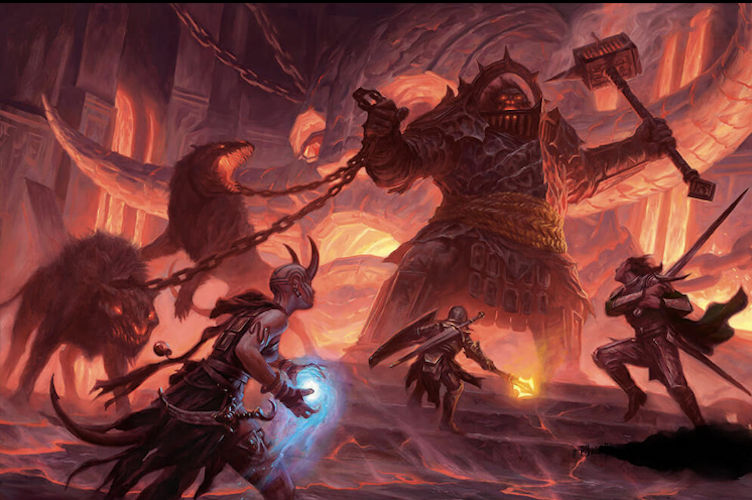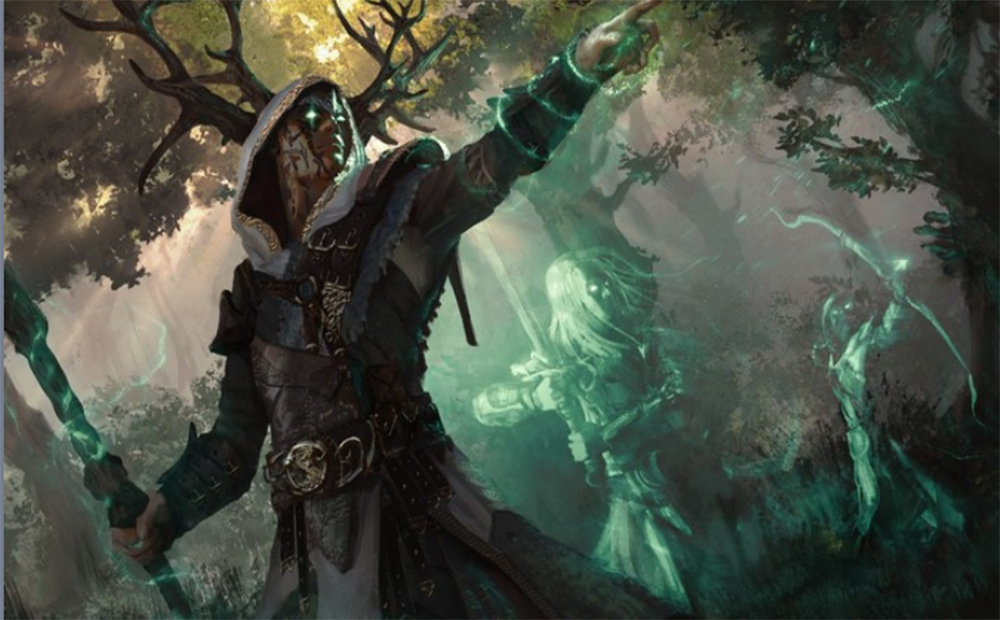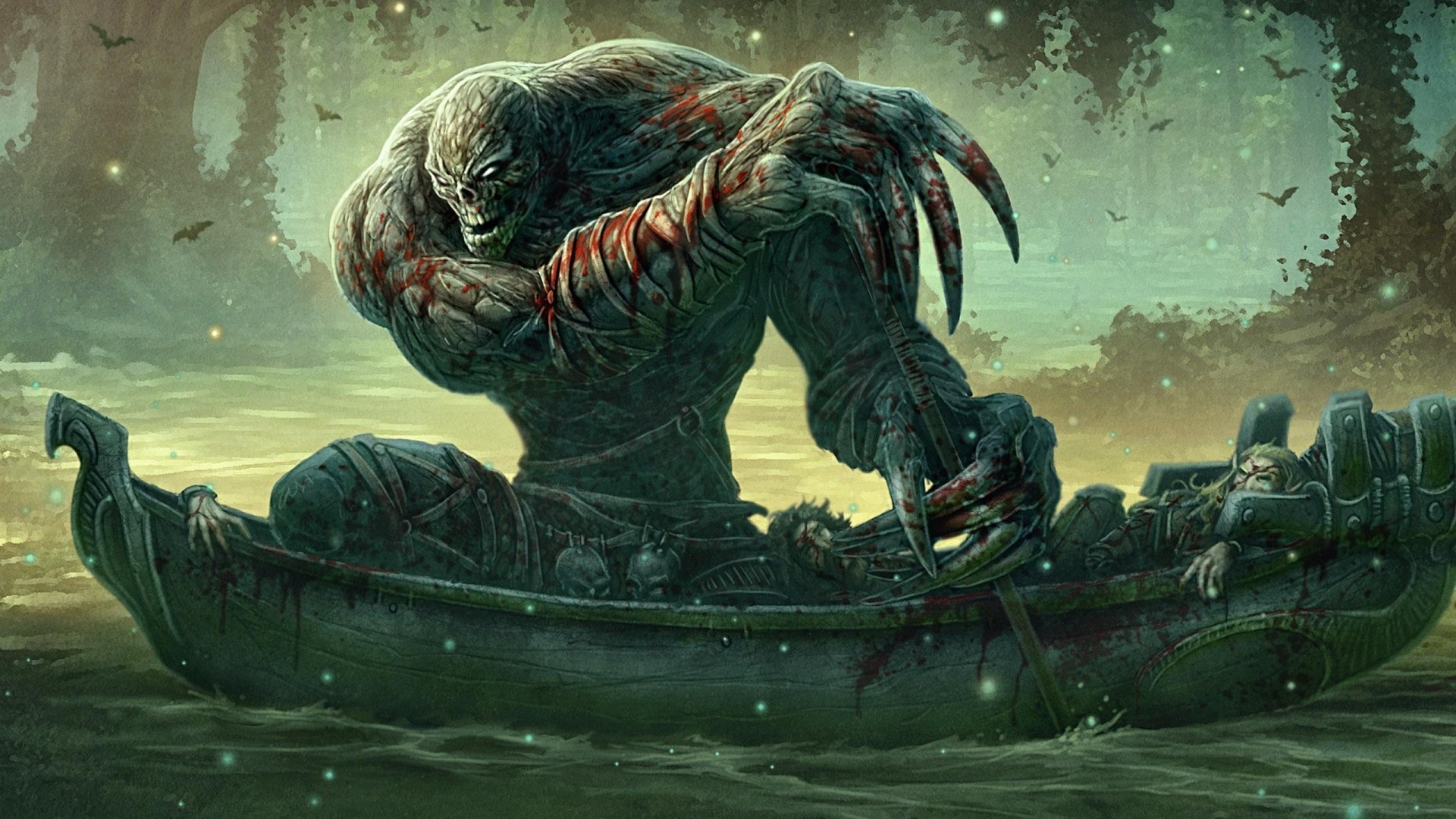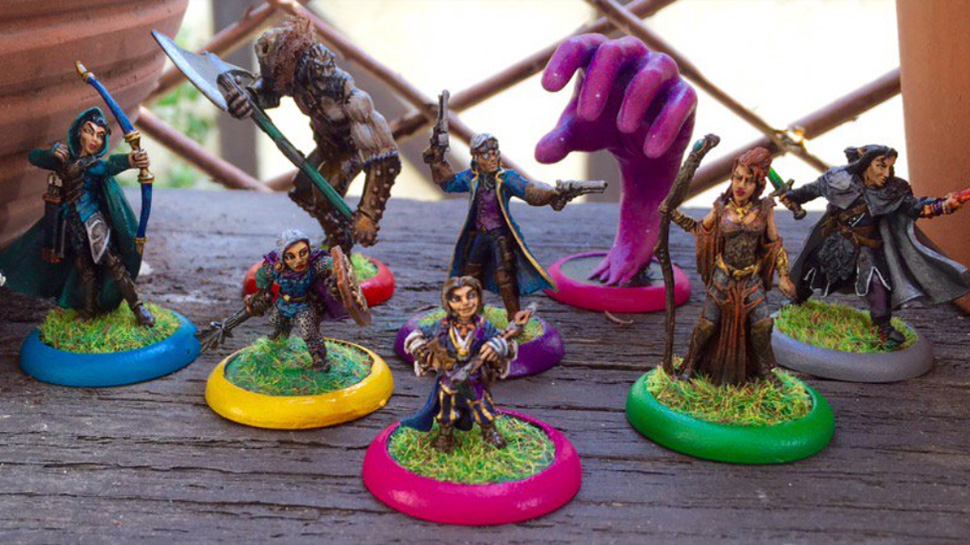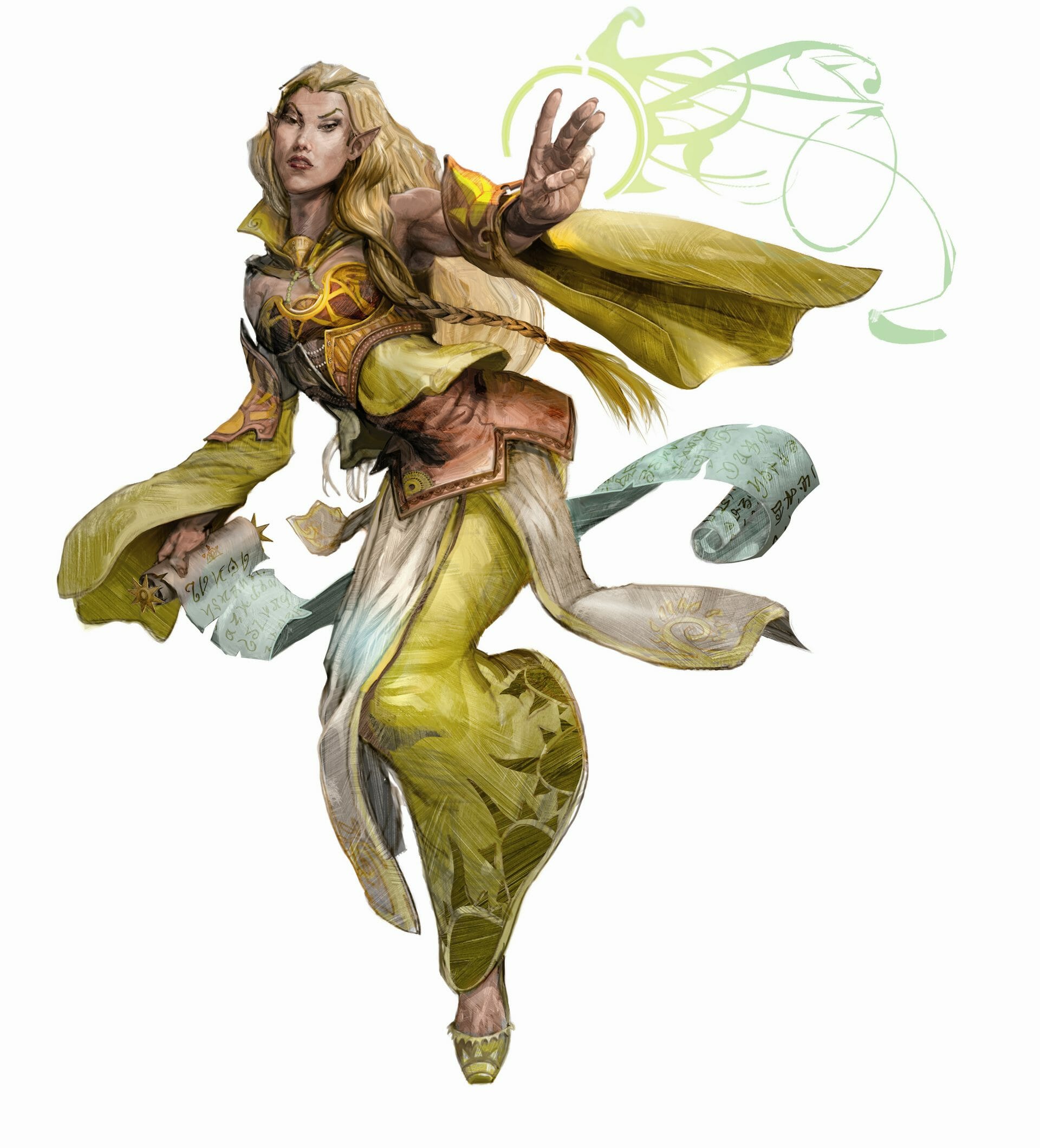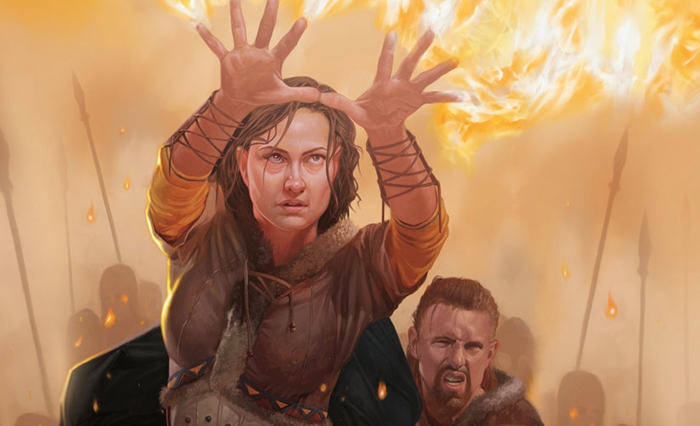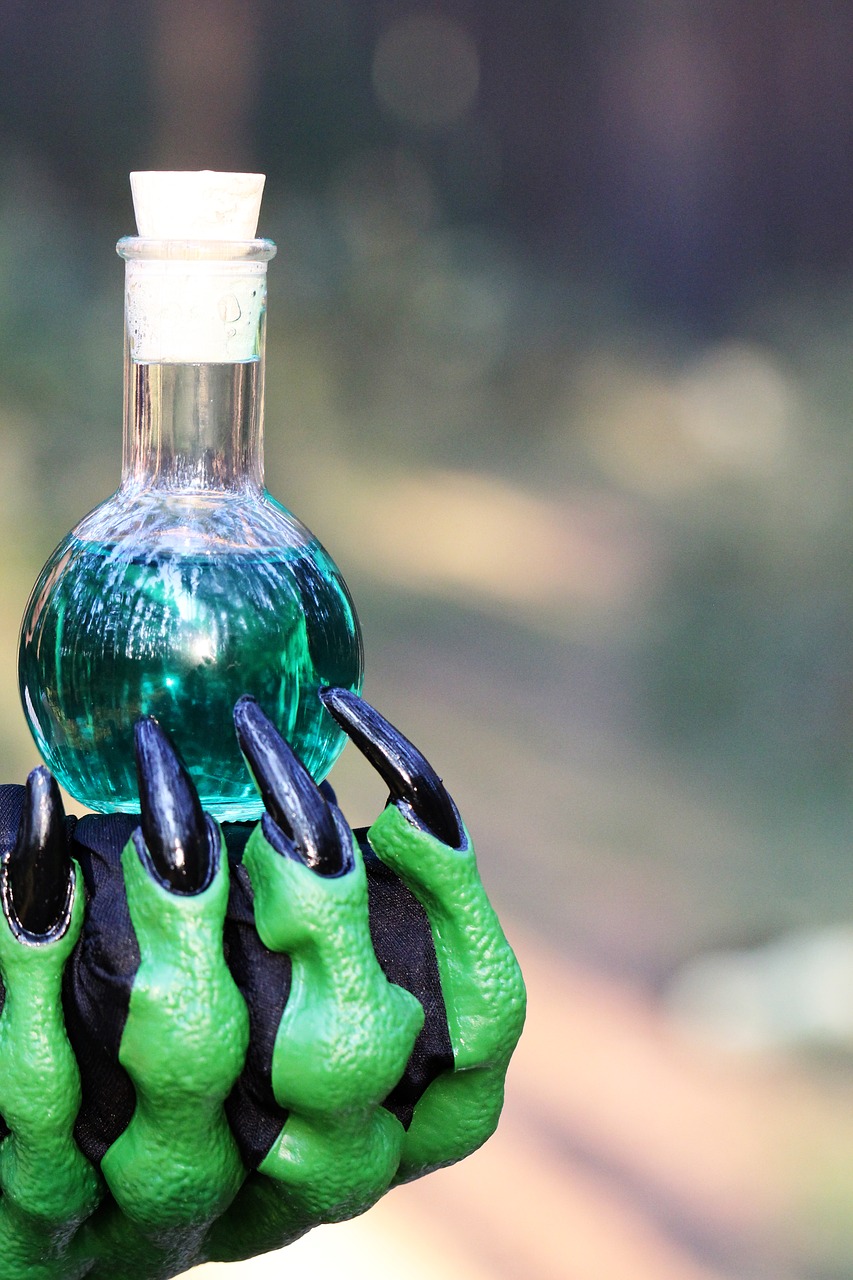
Updated:
03 Jan 2023
In Dungeons & Dragons 5e, did you know there are 13 lucky types of damage that can be inflicted on opponents during an encounter? The 13 types consist of the following: acid, bludgeoning, cold, fire, force, lightning, necrotic, piercing, poison, psychic, radiant, slashing, and thunder. Although each of the types has their strengths and virtues, I have listed seven of the most effective types that players can use in their next battle. Read on to find out why!
7. Acid
Image

Starting this list is acid damage. The D&D Player’s Handbook states that “the corrosive spray of a black dragon’s breath and the dissolving enzymes secreted by a black pudding deal acid damage.” (I’m sure the dragon’s breath is atrocious!) Acid is corrosive and will also dissolve non-magical armor, shields, and weapons. Read on to find out more how acid damage can be effective in dungeon crawls!
Why Acid Is Great
- Acid is great to use because it comes in different forms such as spells or vials.
- The PC does not have to be a spellcaster to use acid. As an example, you can open a vial and splash acid or throw the entire contents on an opponent.
- There are only a few monsters in the D&D universe that are immune to acid. (Black Dragons, Copper Dragons, and Liches are examples of monsters that have acid immunity.)
Acid details:
- Acid damage can be 2d6 (vial) or 3d6 (spell).
- Acid is great to take on undead adventures, since many undead are vulnerable to this type of attack.
- A vial of acid (4 ounces) will set you back 25 gp.
6. Force
Image

Of course, when force and damage are inserted together in a sentence, there must be a Star Wars reference somewhere! (My favorite combat scene, by the way, is when Yoda battled Dooku.) The D&D Player’s Handbook states that “force is pure magical energy focused into a damaging form.” Read on to find out more about force damage!
Why Force Is Great
- Force damage does not require hand-to-hand combat.
- Force can be also used from a distance.
- If a creature is resistant to bludgeoning damage, force damage can be more effective.
Force details:
- According to the D&D Player’s Handbook, “most effects that deal force damage are spells, including magic missile and spiritual weapon.”
- Force Damage varies depending on the spell and the level of the spellcaster.
5. Lightning
Image
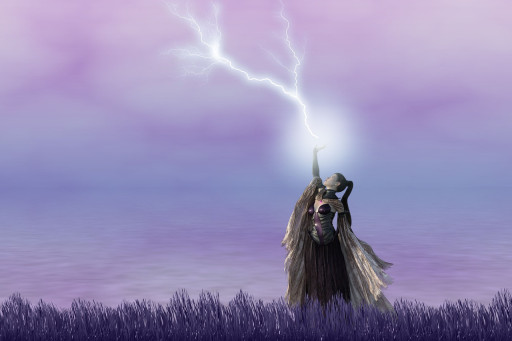
Lightning damage is on the list because there is a lot of damage delivered! The D&D Player’s Handbook states that “a lightning bolt spell and a blue dragon’s breath deal lightning damage.” Lightning spells are unique to sorcerers and wizards and unfortunately, higher level monsters. Read below to find out more about the power of lightning!
Why Lightning Is Great
- Lightning spells are instantaneous, can be cast from a distance, and may do extensive damage.
- Lightning can also ignite any flammable object in the room, so opponents may have to deal with fire on top of lightning damage.
Lightning details:
- Any monster that is on the receiving end of lightning must make a Dexterity saving throw or suffer 8d6 lightning damage! On a save, the monster takes half damage. Either way, that is a lot of damage!
- When the spellcaster levels up, the damage increases by 1d6 for each spell slot above 3rd .
4. Necrotic
Image

Necrotic damage can be especially heinous, because not only does it affect the physical, but also the mental and spiritual parts of the PC.The D&D Player’s Handbook states that “Necrotic damage, dealt by certain undead and a spell such as chill touch, withers matter and even the soul.” Yikes! Read on to find out more about Necrotic damage and how it is effective.
Why Necrotic Is Great
- Necrotic damage is great if you are not on the receiving end of it!
- Necrotic spells are good to use if the PC’s alignment is neutral or evil.
- Other spells such as Harm, Inflict Wounds and Vampiric Touch deliver significant necrotic damage.
Necrotic details:
- As an example, the Harm spell inflicts 14d6 damage (disease) on a failed Constitution save, or half damage on a save.
- Necrotic literally means “flesh-eating.”
3. Psychic
Image

Psychic damage can be heinous because it affects the opponent’s mind; it will also affect the target’s mental abilities, usually through telepathy or other spells. Unless there are specifications in a monster’s description, opponents are susceptible to psychic attacks. Read on to learn more about psychic damage!
Why Psychic Is Great
- Not only can the spellcaster inflict Psychic damage but may also be able to control the opponent’s mind to withdraw from combat or turn on other monsters. (This has happened to me in the game I am playing; a couple of our PCs were under a spell and started attacking our own party!)
- Psychic spells affect opponents internally rather than externally, so their comrades maynot know that the affected opponent is being attacked.
Psychic details:
- The D&D Player's Handbook states that “Mental abilities such as a mind flayer’s psionic blast deal psychic damage.”
- Almost all spellcasters can use psychic spells; the Wizard has the most spells that cause psychic damage.
2. Radiant
Image

Radiant damage could be explained as heavenly. The D&D Player’s Handbook states that “Radiant damage, dealt by a cleric’s flame strike spell or an angel’s smiting weapon, sears the flesh like fire and overloads the spirit with power.” Radiant energy is holy energy; read on to find out more about it!
Why Radiant Is Great
- Radiant damage would be effective against most undead and/or evil monsters.
- No monster is immune to radiant damage.
- This type of damage is reserved for angels, clerics, and druids.
- Moonbeam is a cool spell used by Druids that produces Radiant damage.
Radiant details:
- Clerics can channel radiant damage through the flame strike spell. The opponent must make a saving throw versus Dexterity or take 4d6 fire damage and 4d6 radiant damage. On a failed save, the monster takes half damage.
- The flame strike spell is 60 feet in diameter.
1. Thunder
Image
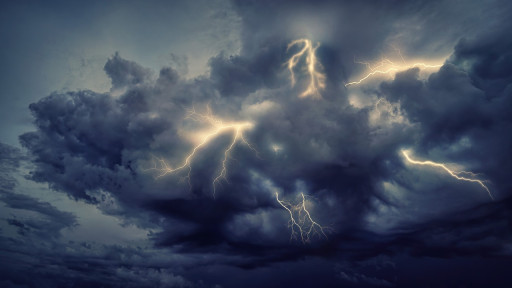
Last on the list is thunder damage! According to the D&D Player’s Handbook, “a concussive burst of sound, such as the effect of the thunderware spell, deals thunder damage.” There are a couple of spells called Shatter and Thunderwave that are reserved for Bards, Druids, Sorcerers, and Wizards. Read more to find out about thunder damage!
Why Thunder Is Great
- Thunder happens instantaneously and is great to use for distraction and to keep opponents at bay!
- Fortunately, thunder damage does not cause hearing damage to any of the PCs.
Thunder details:
- The Thunderwave spell causes anyone in a 15- foot radius to make a Constitution saving throw or take 2d8 thunder damage. Also, the opponent is pushed 10 feet away. When the spell caster increases in level, the damage goes up by 1d8.
- A Djinni is a monster that causes thunder damage.


